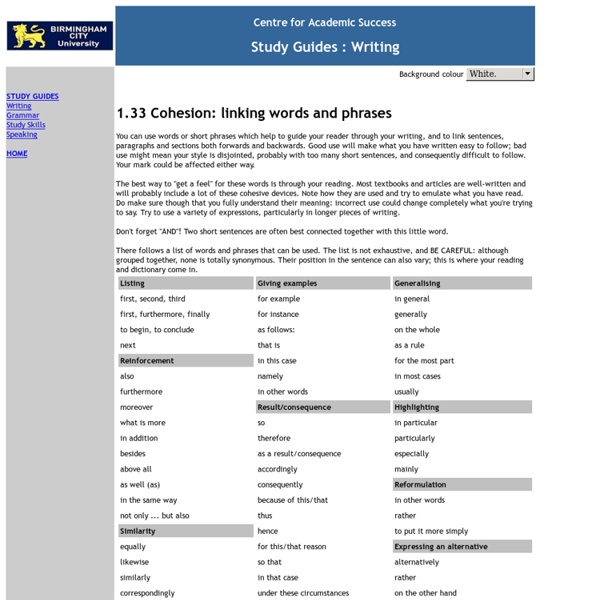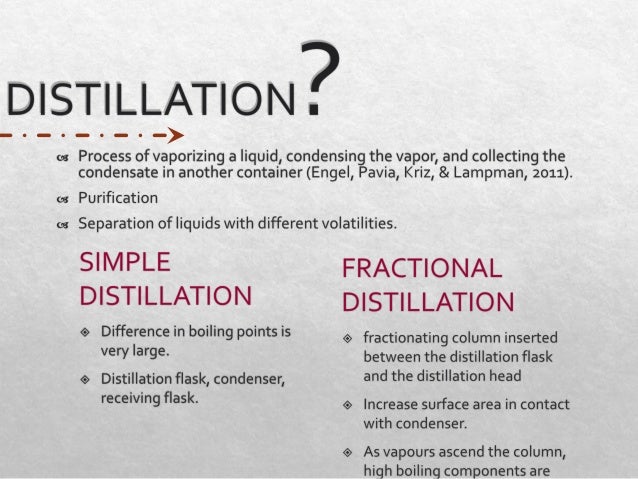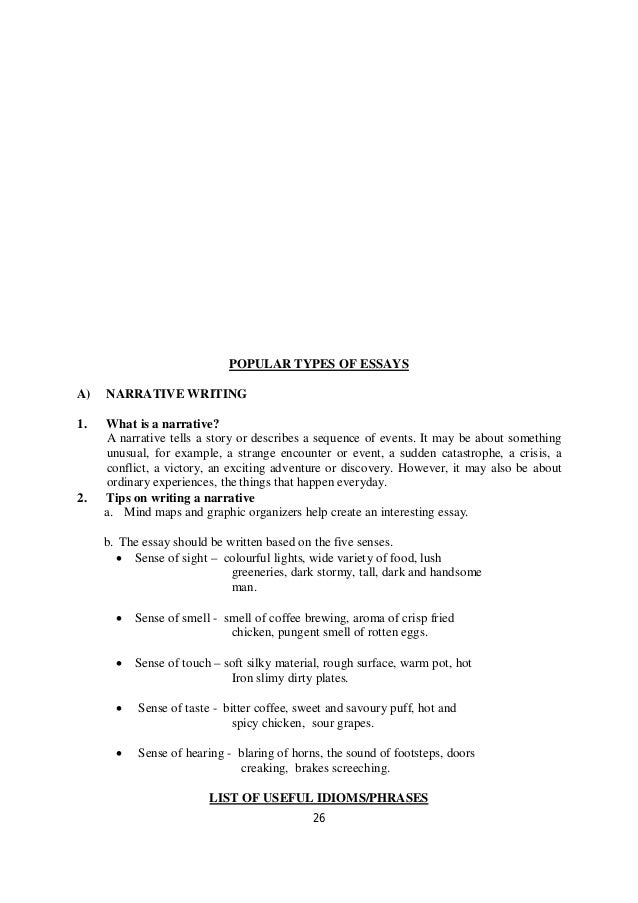Central Acting Muscle Relaxants - Antranik.org.
Start studying Centrally-acting muscle relaxants. Learn vocabulary, terms, and more with flashcards, games, and other study tools.
Central Acting Muscle Relaxants. Mechanism of Action. Signals are normally going from the brain to the muscles, causing a contraction of a muscle. The same thing is happening when people are experiencing back spasms. So if you create a drug that’s going to stop this, how would it relax the muscles? We don’t have a drug that could stop the muscular activity of a certain muscle group.

Muscle Relaxants, Centrally Acting Agents Accession Number DBCAT002177 (DBCAT000429, DBCAT002521, DBCAT003685) Description. A heterogeneous group of drugs used to produce muscle relaxation, excepting the neuromuscular blocking agents. They have their primary clinical and therapeutic uses in the treatment of muscle spasm and immobility.

Centrally acting skeletal muscle relaxants and associated drugs. Waldman HJ(1). Author information: (1)Pain Consortium of Greater Kansas City, Leawood. A review of available studies supports a role for muscle relaxants in the treatment of painful musculoskeletal disorders. The utility of these drugs is limited by sedation and other side effects.

Muscle Relaxants, Centrally Acting Agents. All categories. A heterogeneous group of drugs used to produce muscle relaxation, excepting the neuromuscular blocking agents. They have their primary clinical and therapeutic uses in the treatment of muscle spasm and immobility associated with strains, sprains, and injuries of the back and, to a lesser degree, injuries to the neck. They have been.

Centrally acting oral skeletal muscle relaxants. Elenbaas JK. A critical examination of the literature on centrally acting, orally administered skeletal muscle relaxants (SMRs) is presented. The available comparative clinical studies are reviewed, and the pharmacology, metabolism and adverse effects of the oral SMRs are discussed briefly. The.

The short-acting muscle relaxant succinylcholine is used frequently in the operating room to aid in intubation. Patients undergoing inpatient dental procedures performed under general anesthesia may receive succinylcholine for intubation and may, if necessary, receive other longer-acting muscle relaxants.

The antispasmodic skeletal muscle relaxants are on the Beers criteria list for potentially inappropriate use in the elderly, yet 15% of prescriptions for these agents are written for this population.5. The anti-spasticity skeletal muscle relaxants act directly on skeletal muscles or more commonly.

Muscle relaxants can either act directly on a muscle (peripheral) or centrally. Most drugs are centrally acting; however, it's not totally clear how they do their job. The drugs act directly on a muscle, but they don't act on it directly to relax the muscle. In other words, they don't stop the release or crossing of the neurotransmitter. In.

Although grouped under a single drug class, skeletal muscle relaxants are a heterogeneous group of structurally unrelated medications with variable pharmacologic and safety profiles. 1-3 Skeletal muscle relaxants are used commonly for the treatment of 2 conditions: spasticity and local musculoskeletal spasms. Approximately 2 million Americans, including more than 300,000 people over 60 years.

Drug therapy (see Table: Skeletal Muscle Relaxants) alleviates muscle spasms by modifying the stretch reflex arc or by interfering with the excitation-coupling process in the muscle itself. Centrally acting muscle relaxants block interneuronal pathways in the spinal cord and in the midbrain reticular activating system. Some drugs also have.
Skeletal Muscle Relaxants Drug Information from Drugs.com. Includes Skeletal Muscle Relaxants side effects, interactions and indications. Skeletal Muscle Relaxants Drug Information from Drugs.com. Includes Skeletal Muscle Relaxants side effects, interactions and indications. Skip to Content. Search Drugs.com. All Select the section you want to search in. Close Search. Browse all medications: a.

M MUSCULO-SKELETAL SYSTEM M03 MUSCLE RELAXANTS. This group comprises peripherally, centrally and directly acting muscle relaxants. See also G04BD - Drugs for urinary frequency and incontinence. M03B MUSCLE RELAXANTS, CENTRALLY ACTING AGENTS. This group comprises centrally acting muscle relaxants. Combined preparations are classified at separate.




